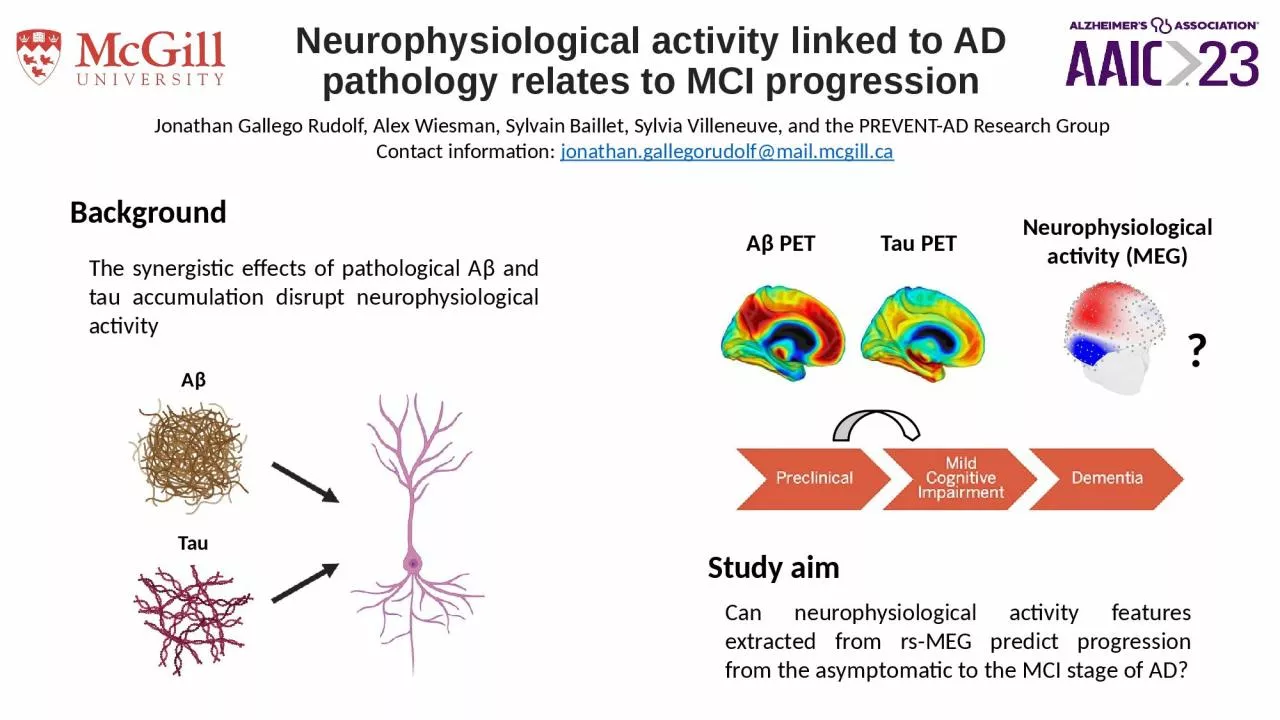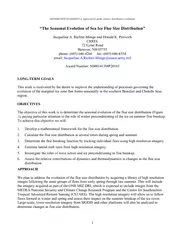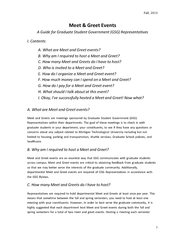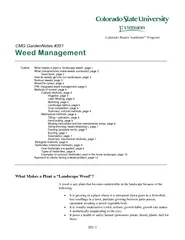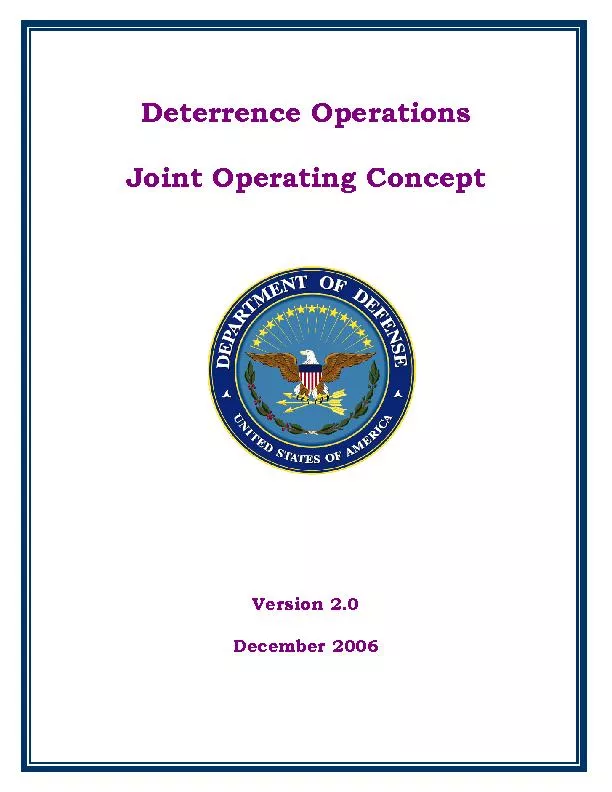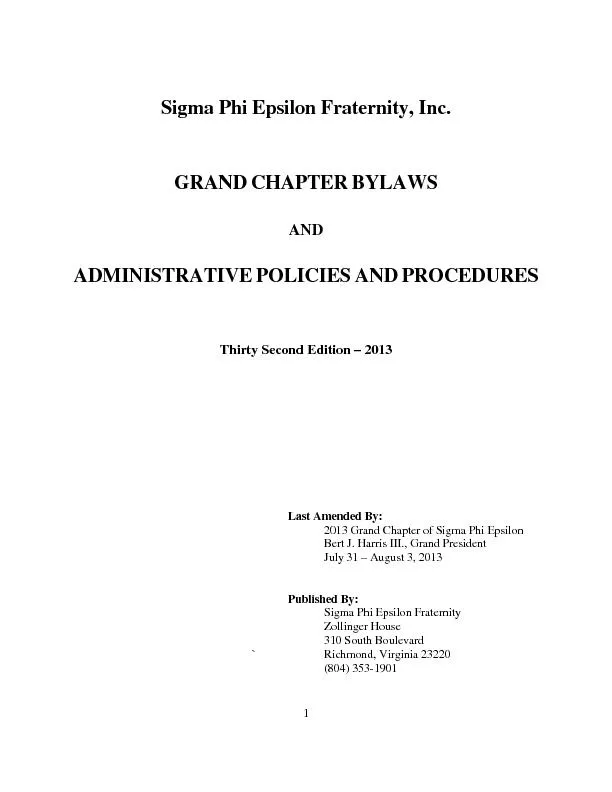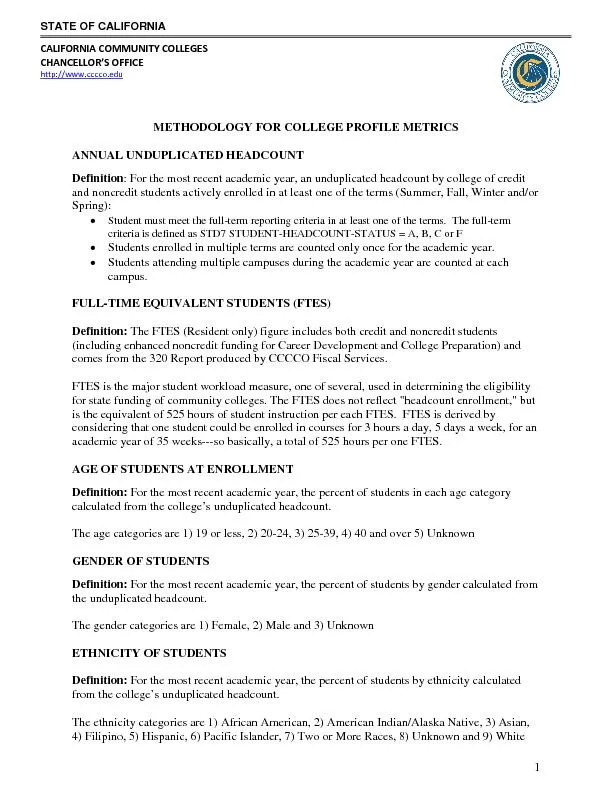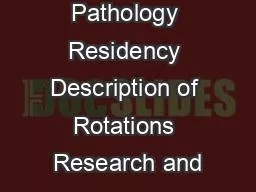PPT-Neurophysiological activity linked to AD pathology relates to MCI progression
Author : delilah | Published Date : 2024-03-13
Jonathan Gallego Rudolf Alex Wiesman Sylvain Baillet Sylvia Villeneuve and the PREVENTAD Research Group Contact information jonathangallegorudolfmailmcgillca Background
Presentation Embed Code
Download Presentation
Download Presentation The PPT/PDF document "Neurophysiological activity linked to AD..." is the property of its rightful owner. Permission is granted to download and print the materials on this website for personal, non-commercial use only, and to display it on your personal computer provided you do not modify the materials and that you retain all copyright notices contained in the materials. By downloading content from our website, you accept the terms of this agreement.
Neurophysiological activity linked to AD pathology relates to MCI progression: Transcript
Download Rules Of Document
"Neurophysiological activity linked to AD pathology relates to MCI progression"The content belongs to its owner. You may download and print it for personal use, without modification, and keep all copyright notices. By downloading, you agree to these terms.
Related Documents

